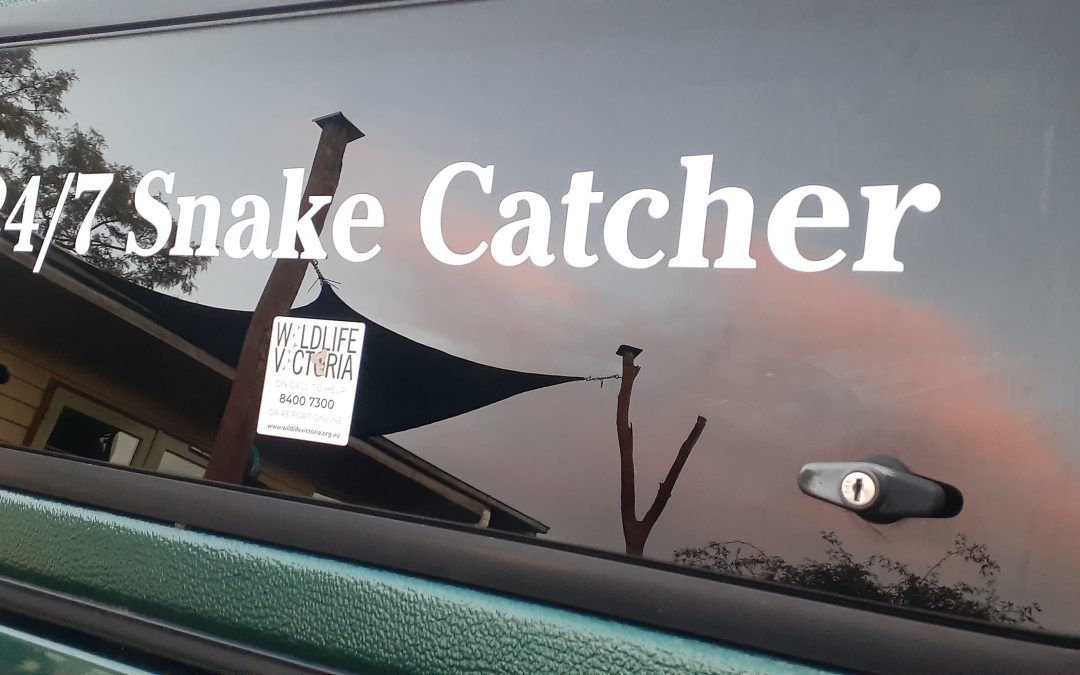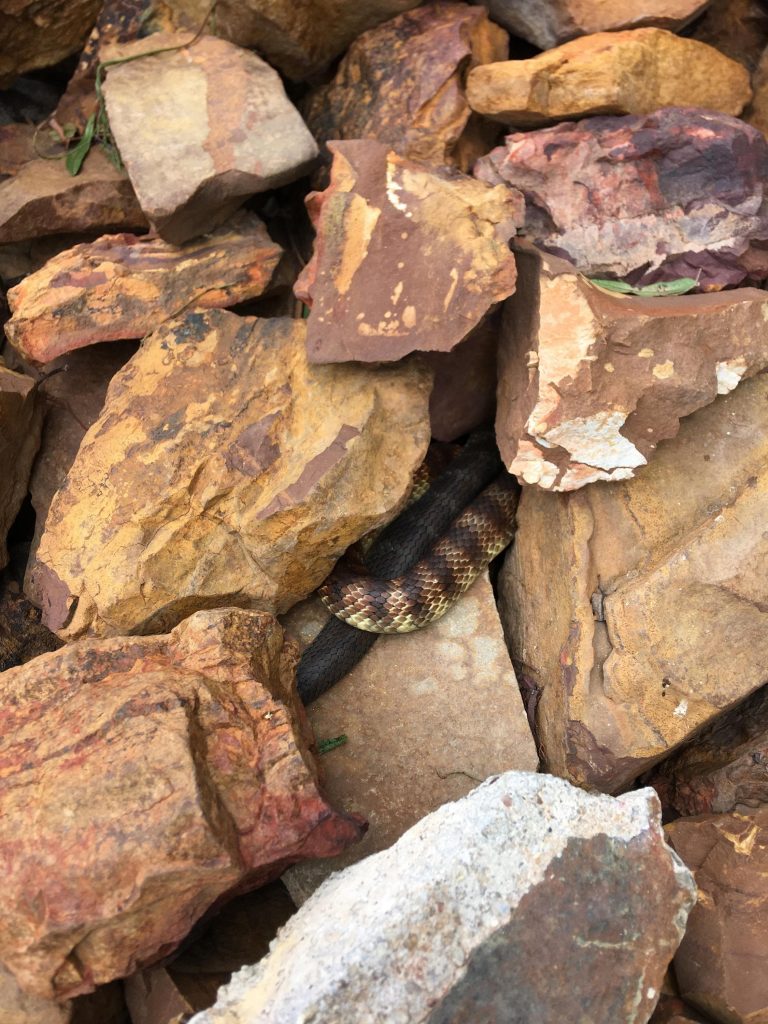A very important part of my service as a snake catcher is providing the public with education on subjects such as snake behaviour, snake awareness and most importantly, snake bite first aid.
~ Before you continue reading, I want to first say that I am not at all saying that snakes are out to get you or promoting in any way that snakes are aggressive and should be killed ~
I personally believe everybody should have an understanding of what to do if you have been bitten by a snake. Snakes are a very big apart of our environment and sometimes accidents have occurred where people have been bitten while bush walking, other outdoor activities or working around their home. It is very important that first aid is correctly applied to a snake bite as soon as possible and you follow some very simple steps before emergency services arrive.

WHAT NOT TO DO:
Do not run. This would only enable any venom to travel faster through your Lymphatic System.
Do not try to kill the snake. One reason is that the effort to do so may increase the movement of the venom through your system. Another reason is that these days, the Doctor doesn’t need to see the snake for identification. As well as advancements in anti-venom, modern medicine has also developed a testing kit so that Doctors can find out which anti-venom to use.
Do not try and suck the venom out like in the movies. If you have the smallest of lacerations in your mouth, you’ve potentially envenomed yourself through your own mouth. Also, all the sucking in the world is probably not going to have any effect.
Do not cut the circulation off (Torniquet) with a belt or zip ties. This practice went out with the dark ages, once we learned that venom travels through muscle tissue (Lymphatic System) rather than veins and arteries.
NOW, THE DO’S
Step One: Sit down and immobilise the limb. Try to remain calm with slow and steady breathing. I know it is easier said than done, but it will help slow the venom.
Step two: Apply a pressure bandage. If you don’t have one in your first aid kit, any bandage will do. (Heck, you can even use your shirt or pants if you have to – better to be cold and embarrassed than dead). Wrap the limb. Apply a firm pressure but do not cut off the circulation. You just need to keep the affected muscle compressed (firm but not tight) and the limb still. Leave toes or fingertips exposed to check colour. If they turn purple, you’ll know you have your bandage on too tight.
Step three: Use a splint if one is supplied in your first aid kit. Otherwise, a branch or stick. Anything to try to keep the limbs or muscles from moving.
Step four: Call 000 and take note of any symptoms such as localised pain, vomiting, cold sweats or anything else for the emergency response team.
Written by Matti and editor Steve Mc Niel



Recent Comments